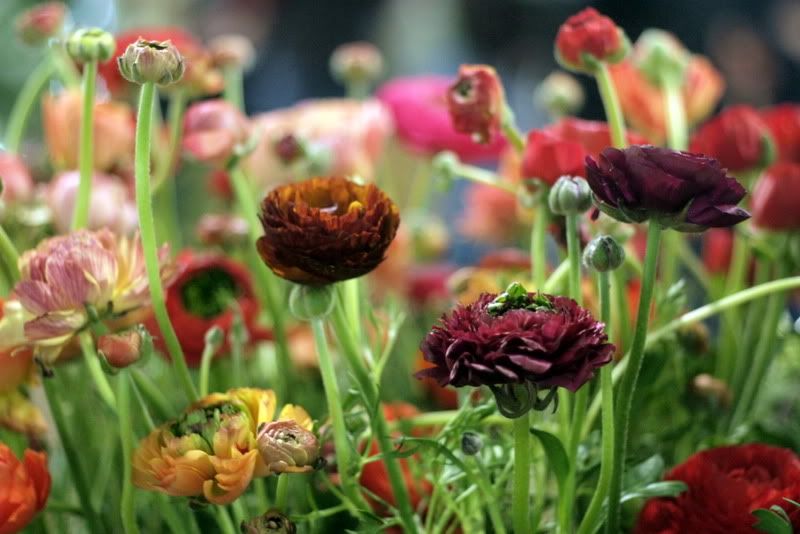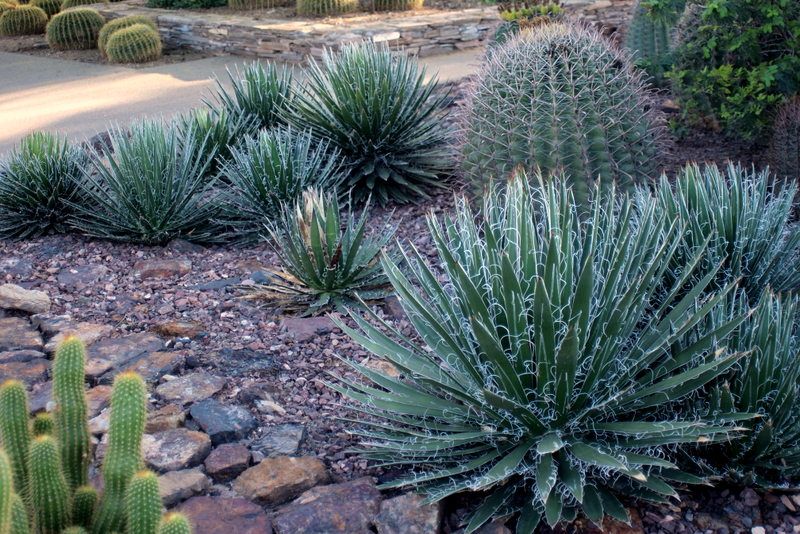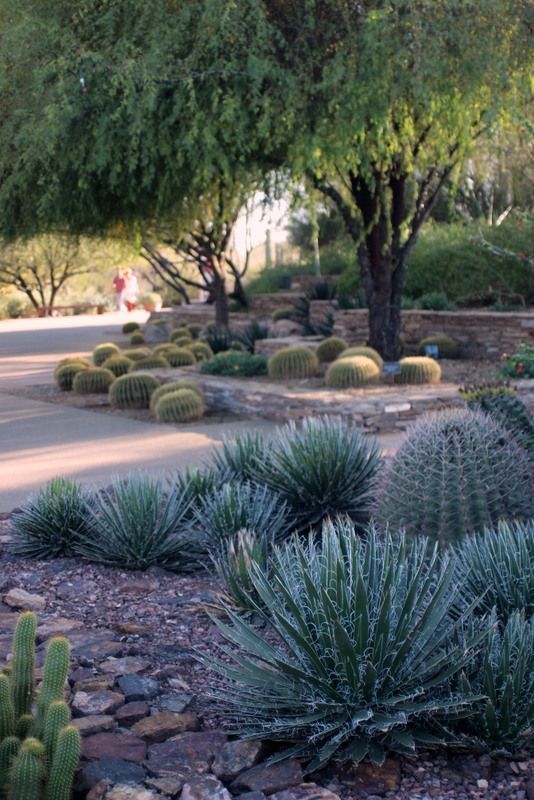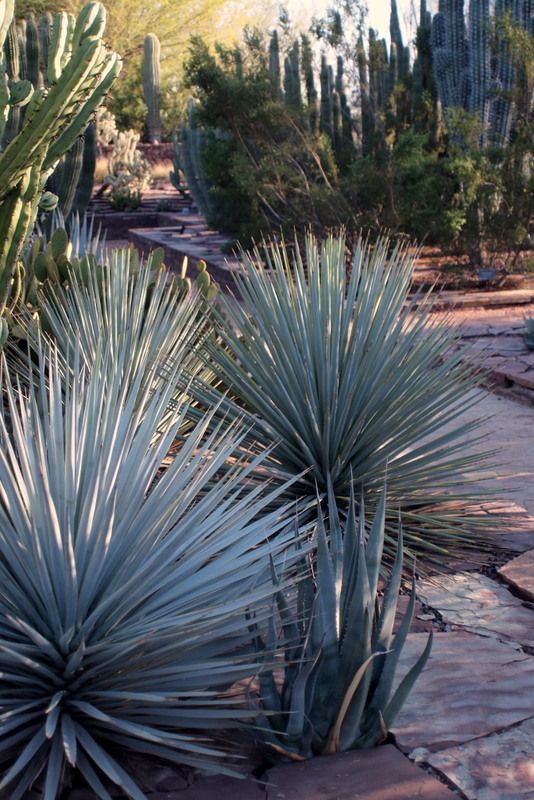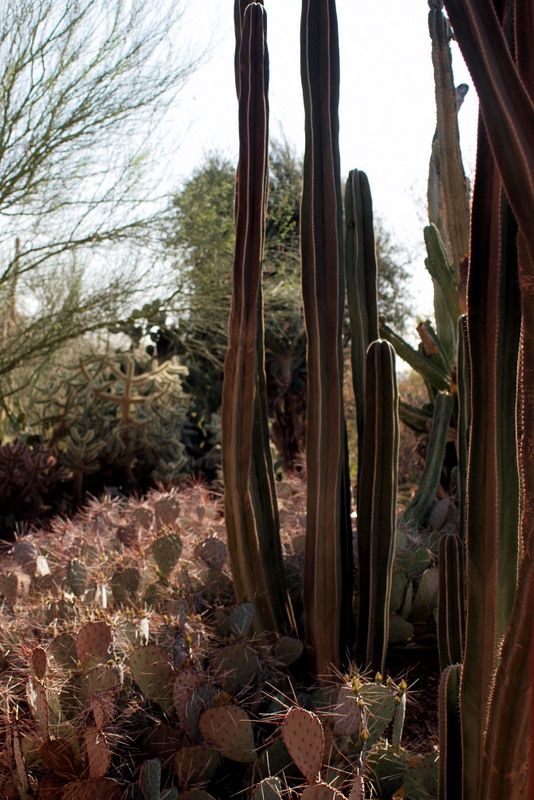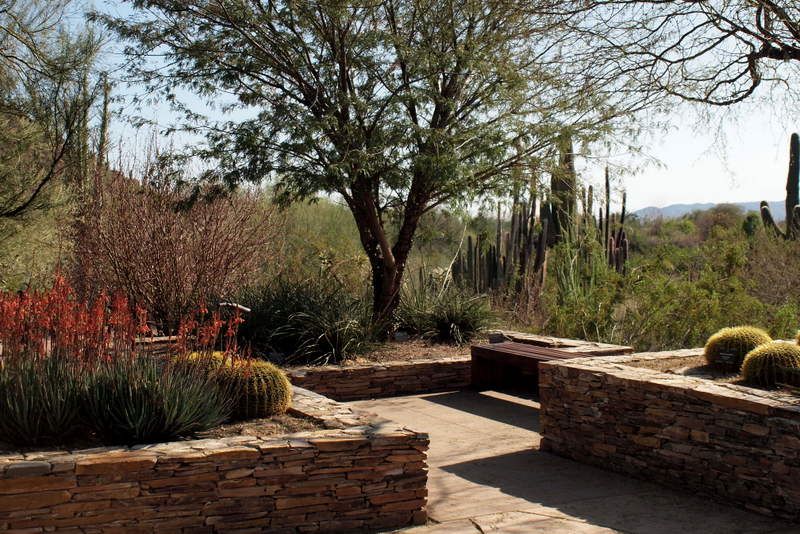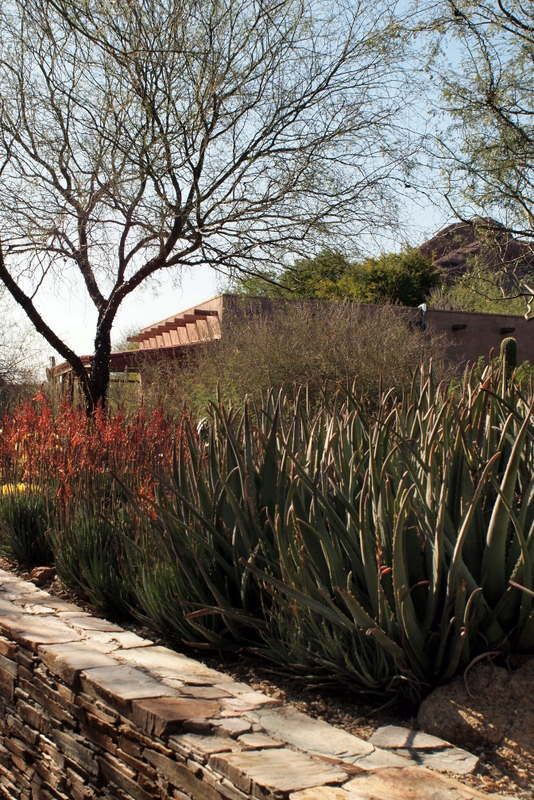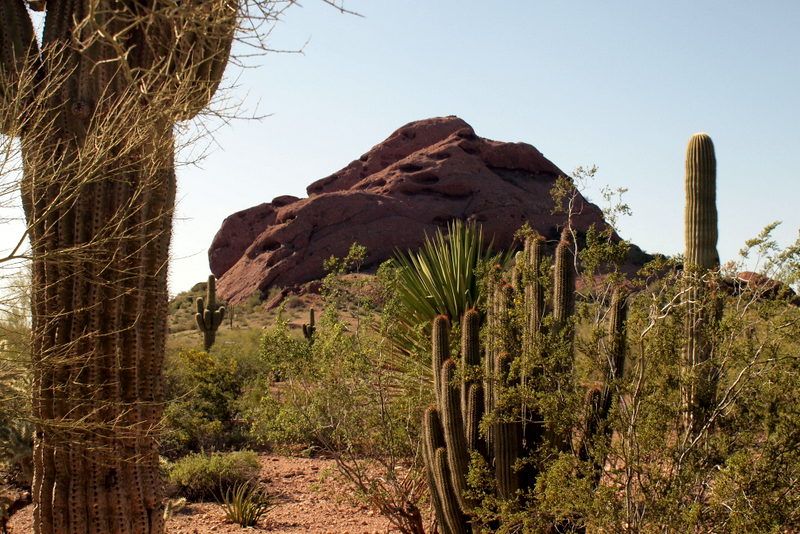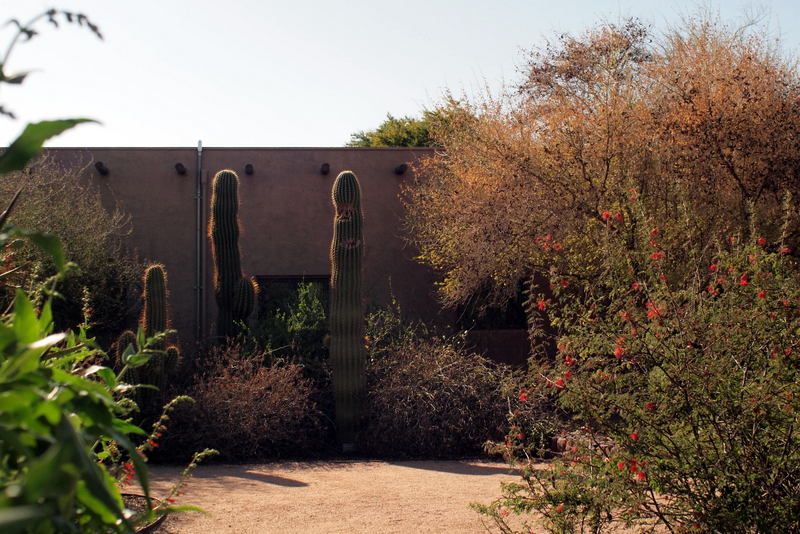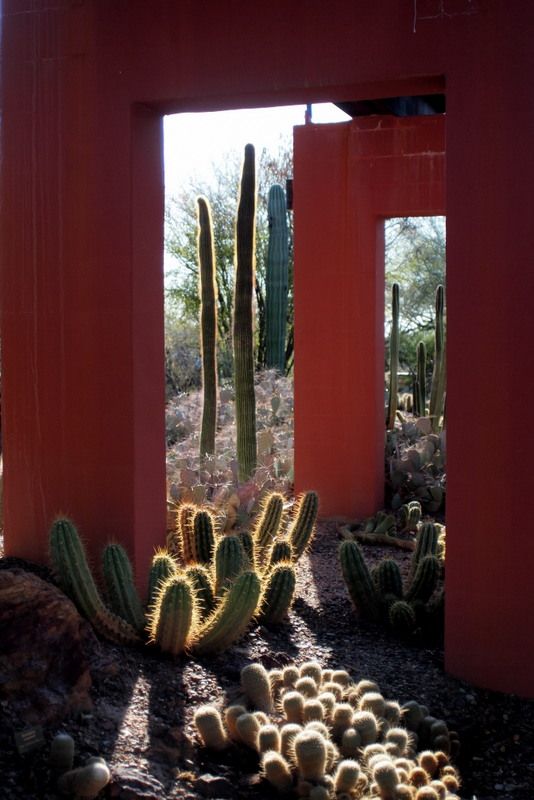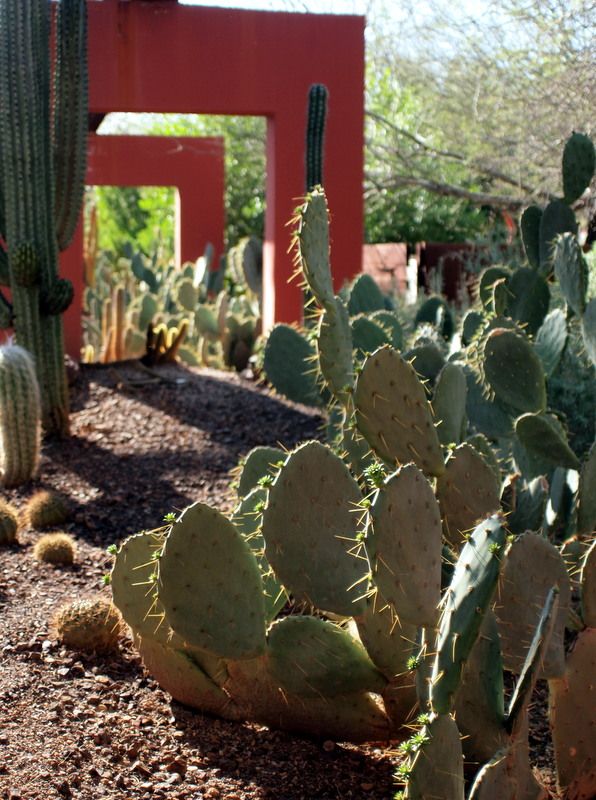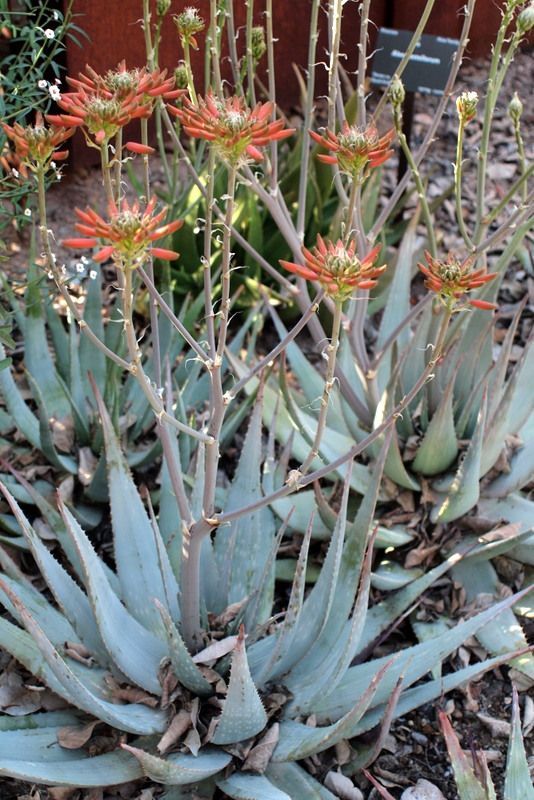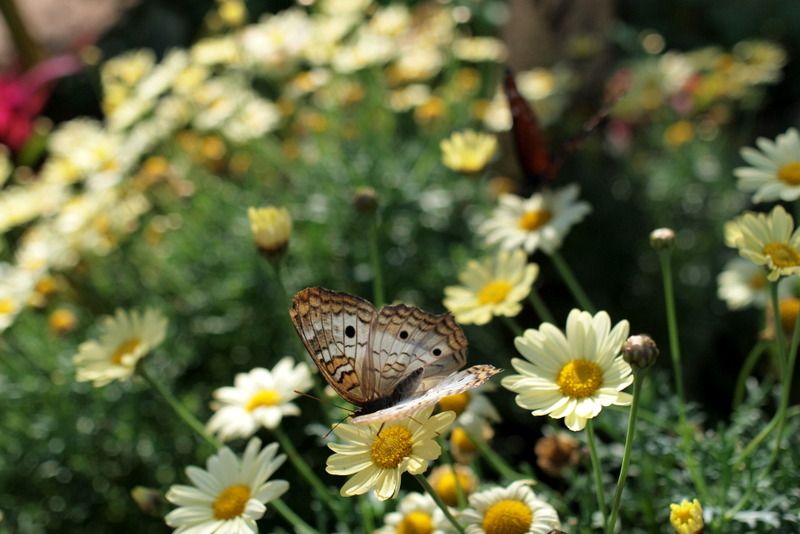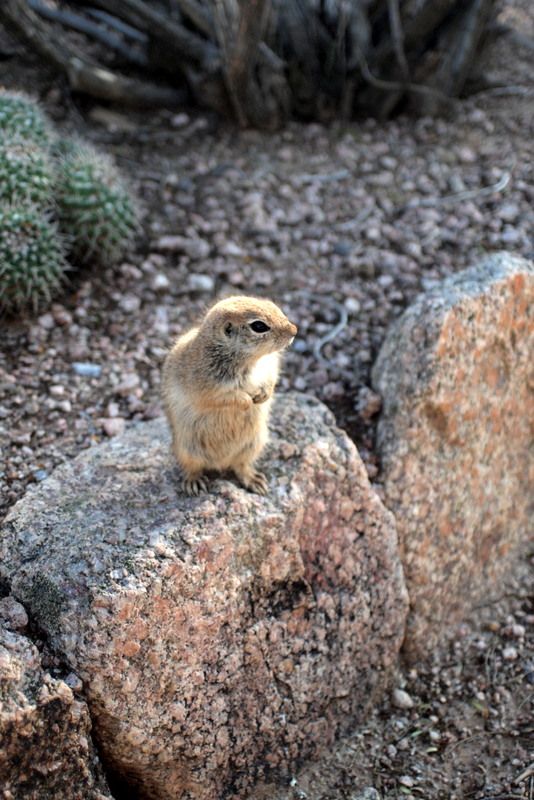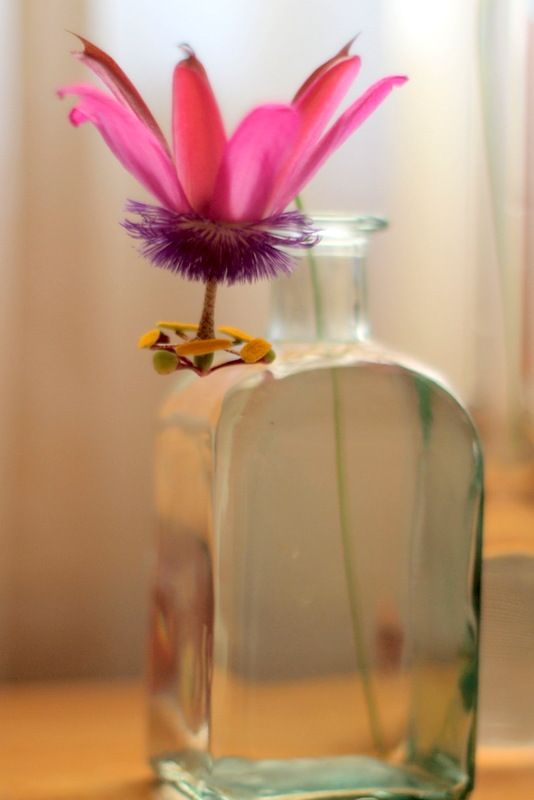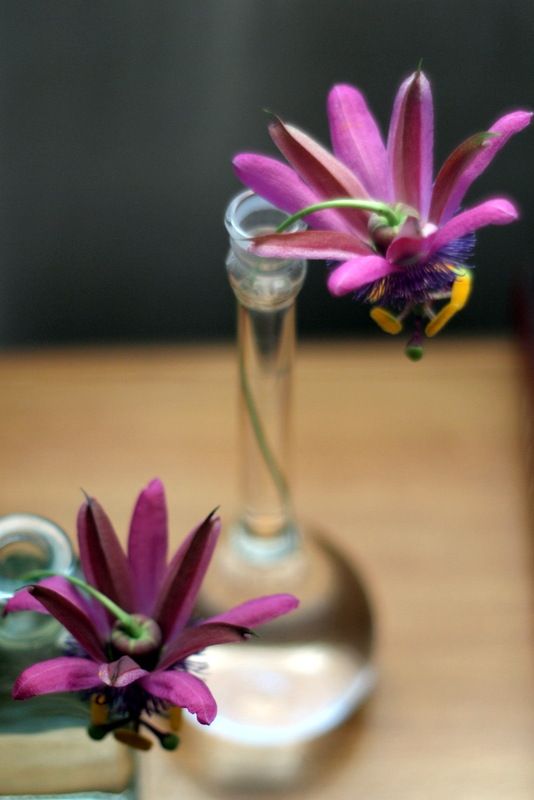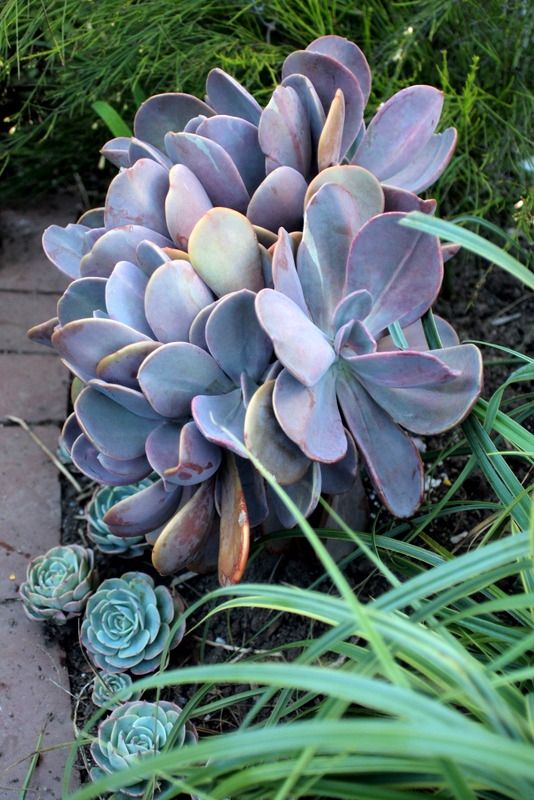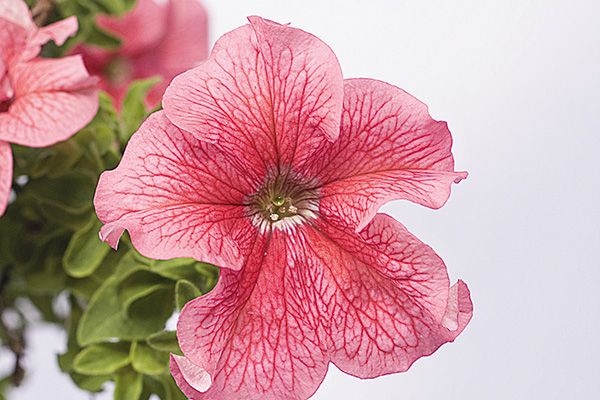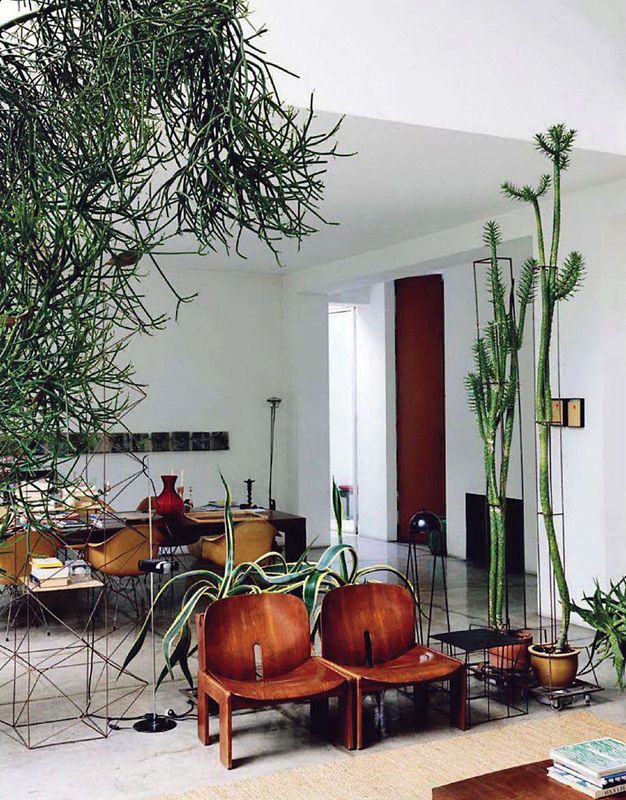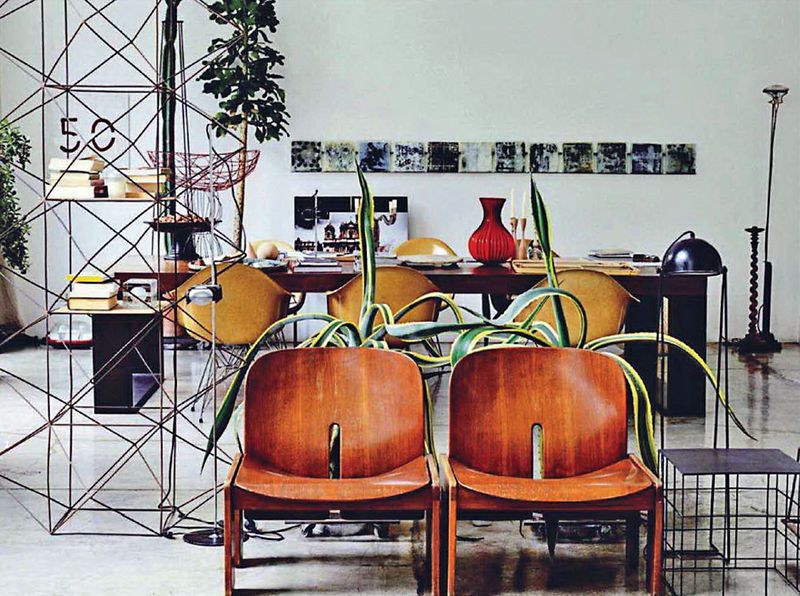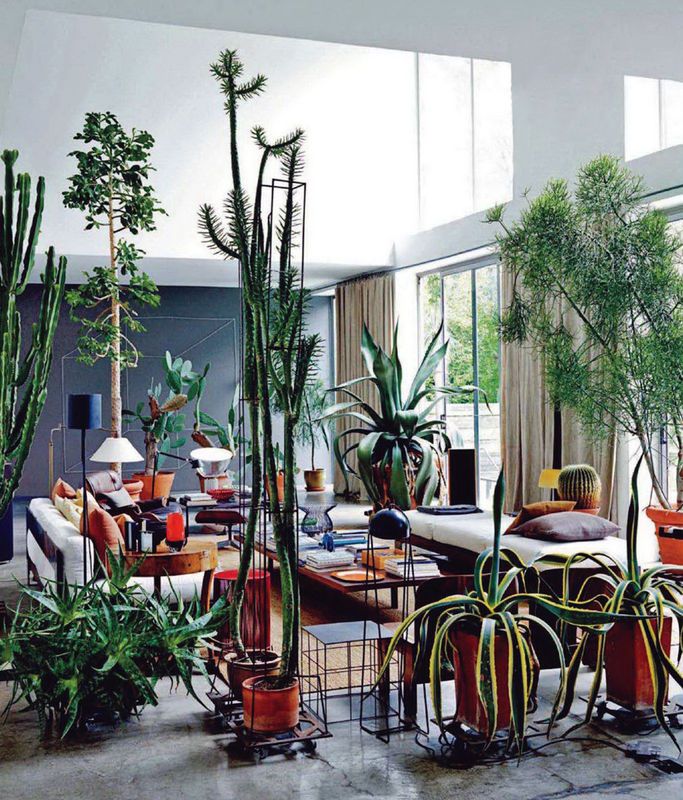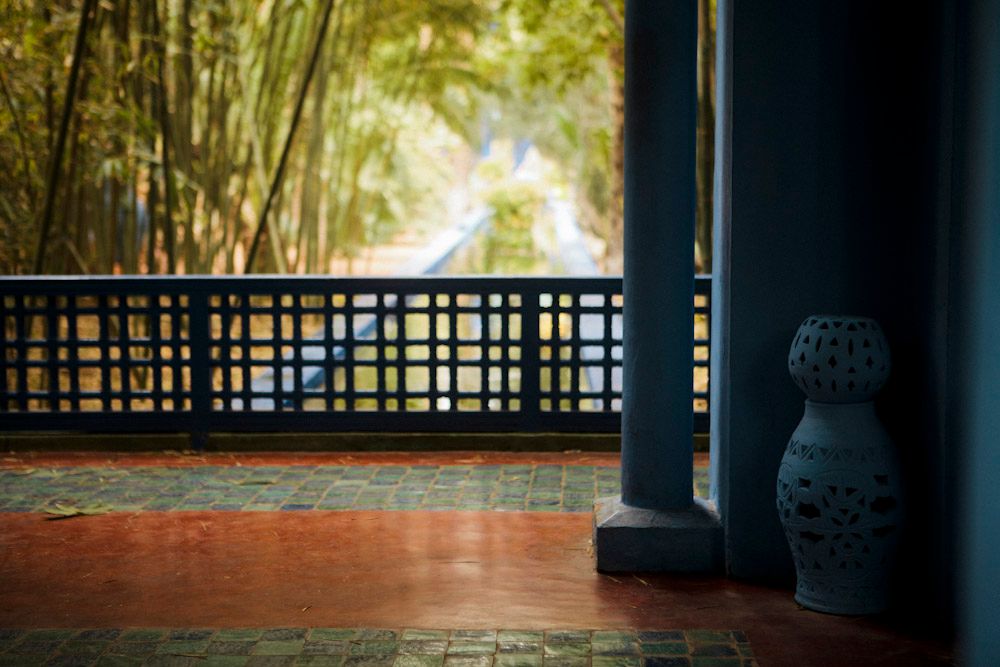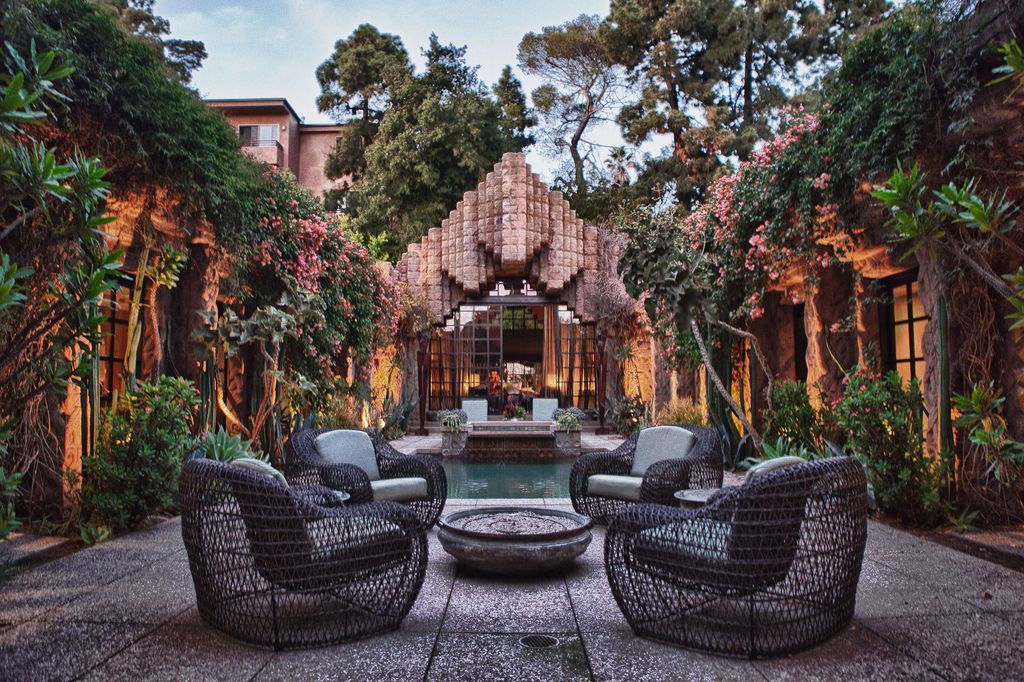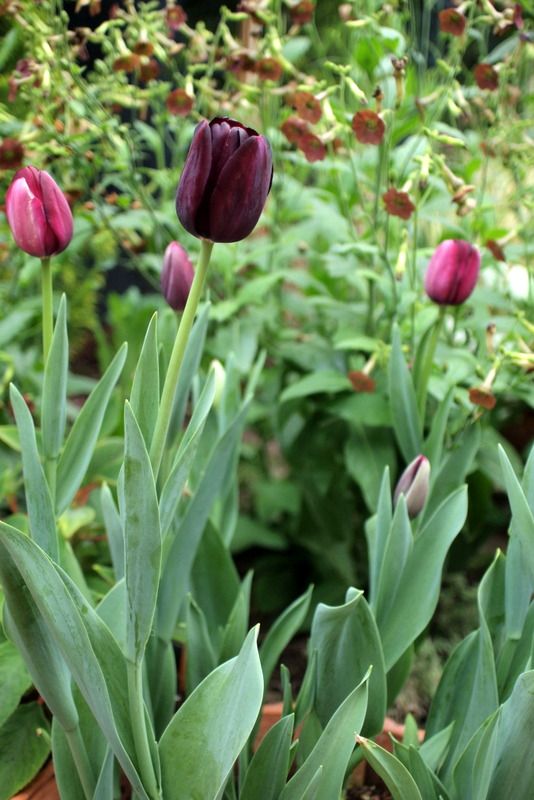If it weren’t for the few stems of Scilla peruviana in bloom I’d feel completely out of step this March Bloom Day, when so many participating gardens are sending forth crocus and iris and so many other traditional spring bulbs and blooms. We may have flowers every month of the year, as Carol’s Bloom Day muse Elizabeth Lawrence declares, but we won’t all necessarily have the same flowers.

I’ve been trimming away the lower leaves from a Geranium maderense to let some sun in on this patch of scilla.
Even in perfect conditions this bulb takes some years off and refuses to bloom.
What I’m most interested in this year is a little meadow/chaparral experiment that I’m hoping will bloom through summer in full sun, fairly dry conditions. It’s really begun to fill in the past couple weeks.
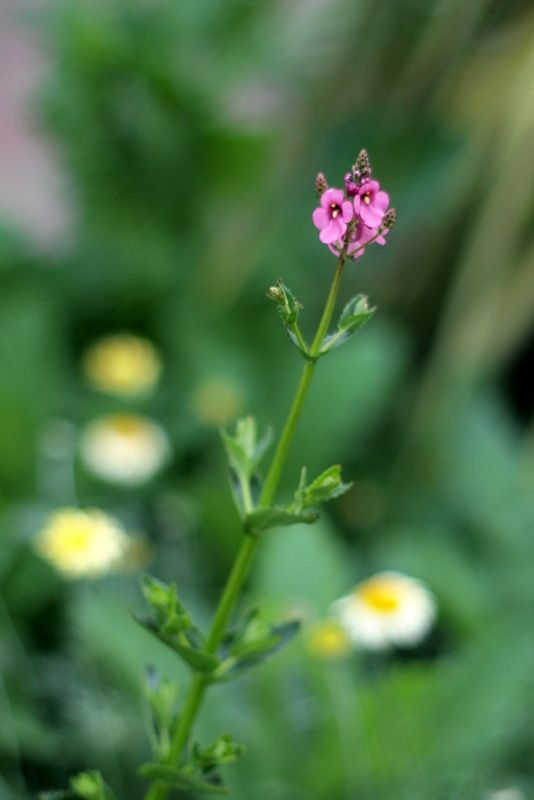
Diascia personata is part of this experiment, three plants, two planted in fall and a cutting struck from one of them that has already made good size. Thanks go to Annie’s Annuals & Perennials for being the only U.S. source, via Derry Watkins’ extraordinary nursery in England. In the 1980s I reverently brought new diascia species and varieties home from Western Hills Nursery in Occidental, California, the only source at that time. Now all the local nurseries carry them as bedding plants every spring, and of course being a plant snob I don’t grow them anymore. But diascias can be very good here along the coast in the long cool spring and early summer, dwindling off in the heat of August. This Diascia personata’s height to 4 feet is a very intriguing asset.

Also in the little meadow is Anthemis ‘Susanna Mitchell,’ and self-sown poppies, probably Papaver setigerum.
I like calling it my “meadow” when in truth it covers as much ground as a large picnic blanket.
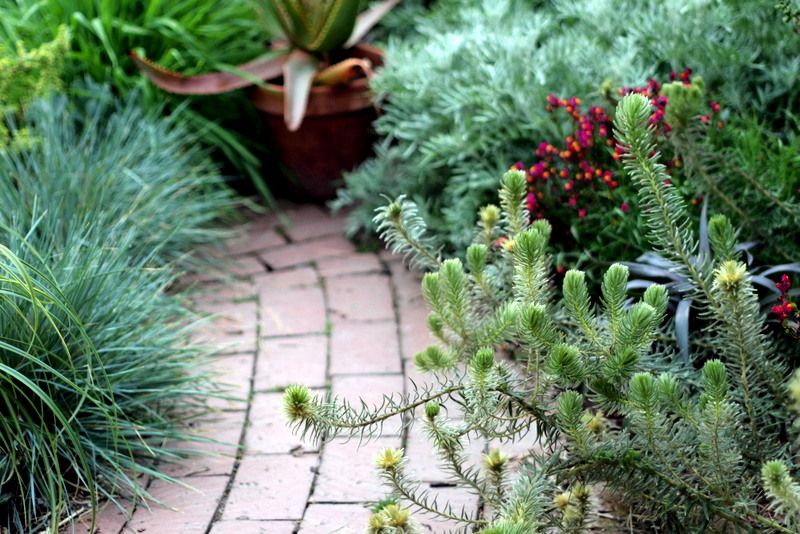
Blue oat grass, helicotrichon on the left, borders one side of the meadow/chaparral.
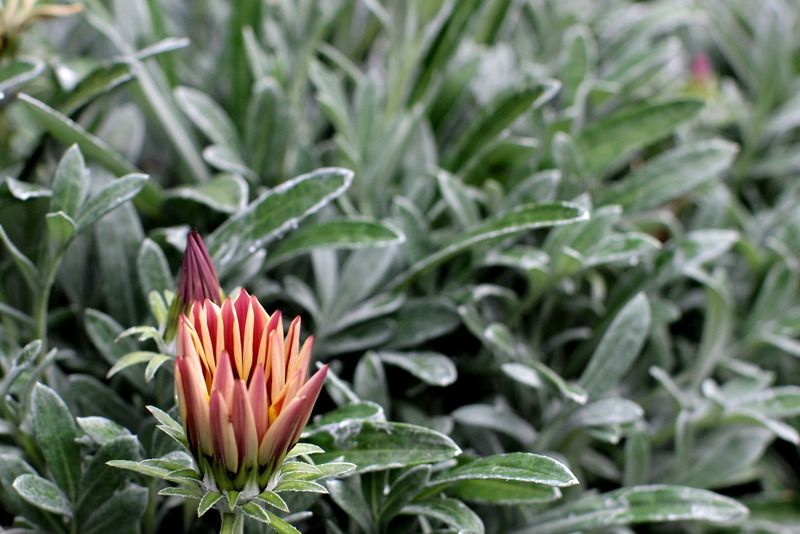
Bordering a pathway elsewhere there’s a big swathe of this silvery gazania, maybe five plants, which counts as a swathe in my garden. In full sun they’d be open and you’d see what a shockingly striped and loud harlequin variety I chose last fall. Can’t fault those beautiful leaves though.

More beautiful leaves to shore up what few flowering plants I actually grow. Senecio leucostachys is the big silvery sprawler. Small flashes of color from the Moroccan toadflax, Linaria reticulata, and the saffron-colored blooms of Salvia africana-lutea picking up speed, especially in recent temps in the high 80s. The phormium was bought misnamed as the dwarf ‘Tom Thumb.’ Whatever it’s true name, it’s stayed fairly compact and seems to have topped off at about 3 feet.
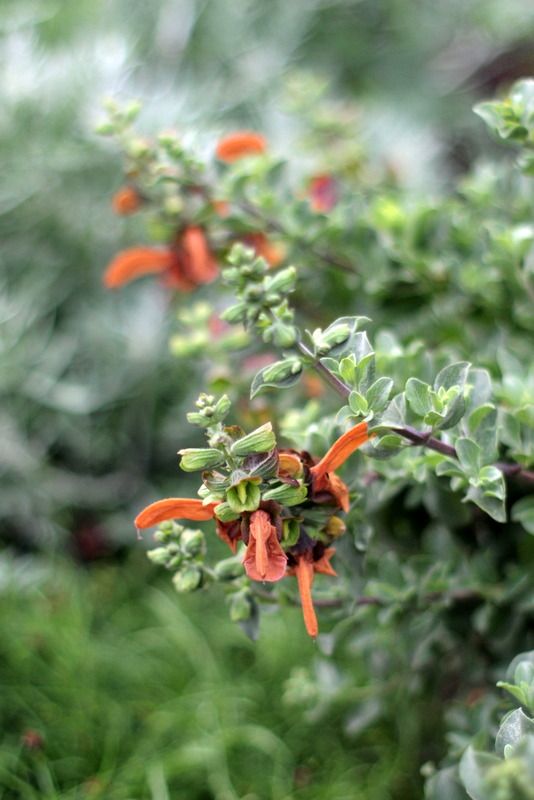
Closeup of the salvia bloom.
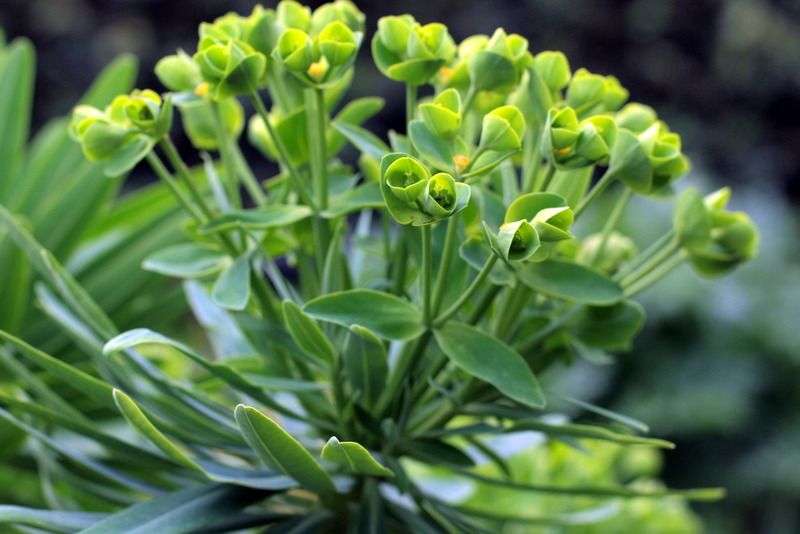
Euphorbia lambii began to bloom this week.
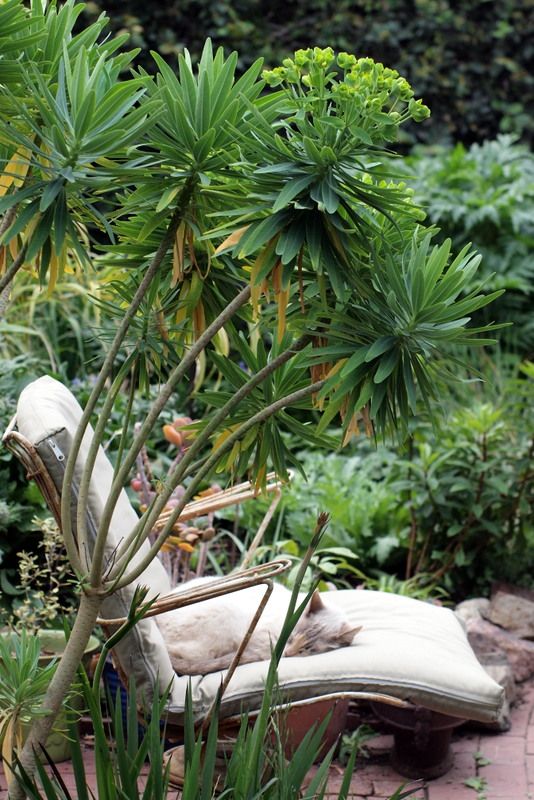
The tree euphorbia really grew into its name this year.
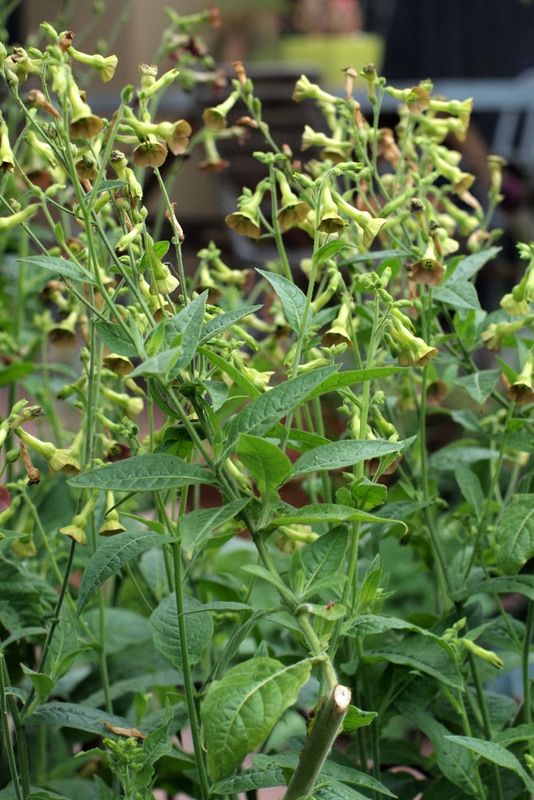
Kind of amazing to write that Nicotiana ‘Ondra’s Brown Mix’ has been in bloom all winter.
I’ve been cutting off old branches as the flowers go to seed. The brick paths are full of its seedlings.
Fresh basal leaf growth is coming in strong.
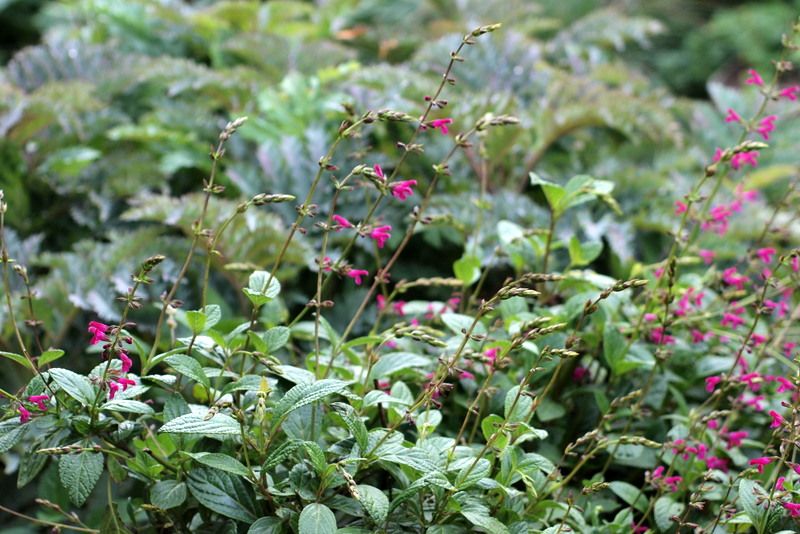
Salvia chiapensis backed by Melianthus ‘Purple Haze’
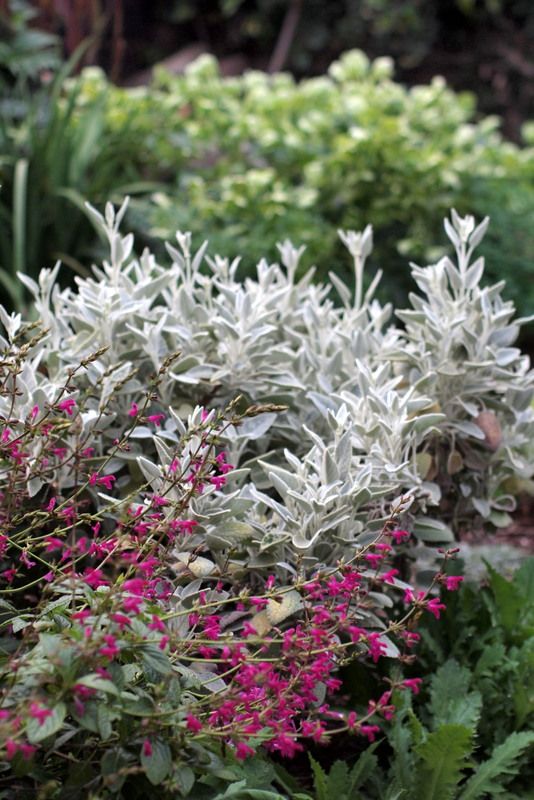
And a different view against a backdrop of sideritis and a big clump of Helleborus argutifolius.

The yellow-flowered form of Russellia equisetiformis is just so very cool.
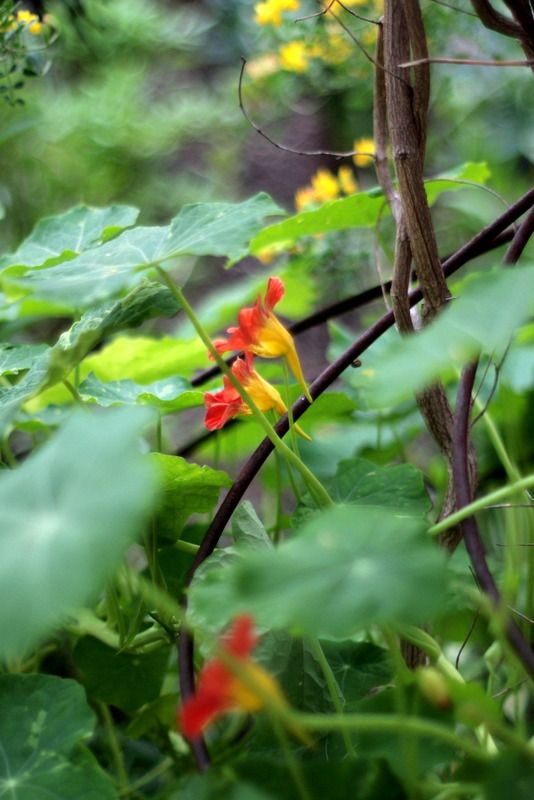
Nasturtiums are ruthlessly thinned, but this climbing variety was allowed to fill in the bottom of a tuteur that supports the coronilla, which is still in full, aureate bloom.
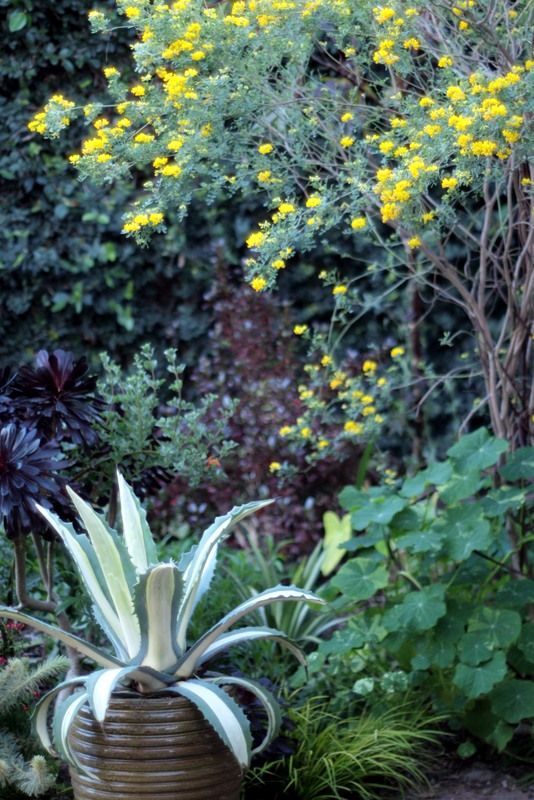
The coronilla with the nasturtium growing at the base of its support

The seductive little species geraniums/pelargoniums are at their very best in spring
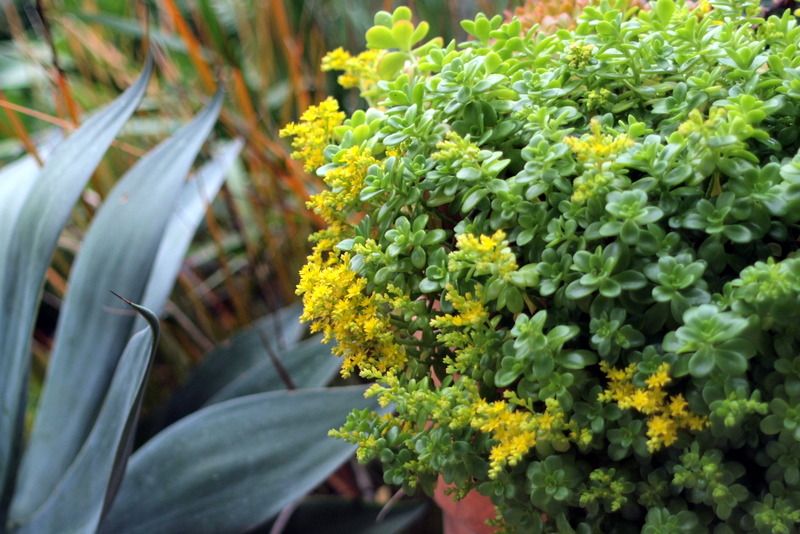
Also beginning bloom is one of my favorite sedums. S. confusum.
Thanks again to Carol of May Dreams Gardens and all who participate in opening their gardens on Bloom Day.
